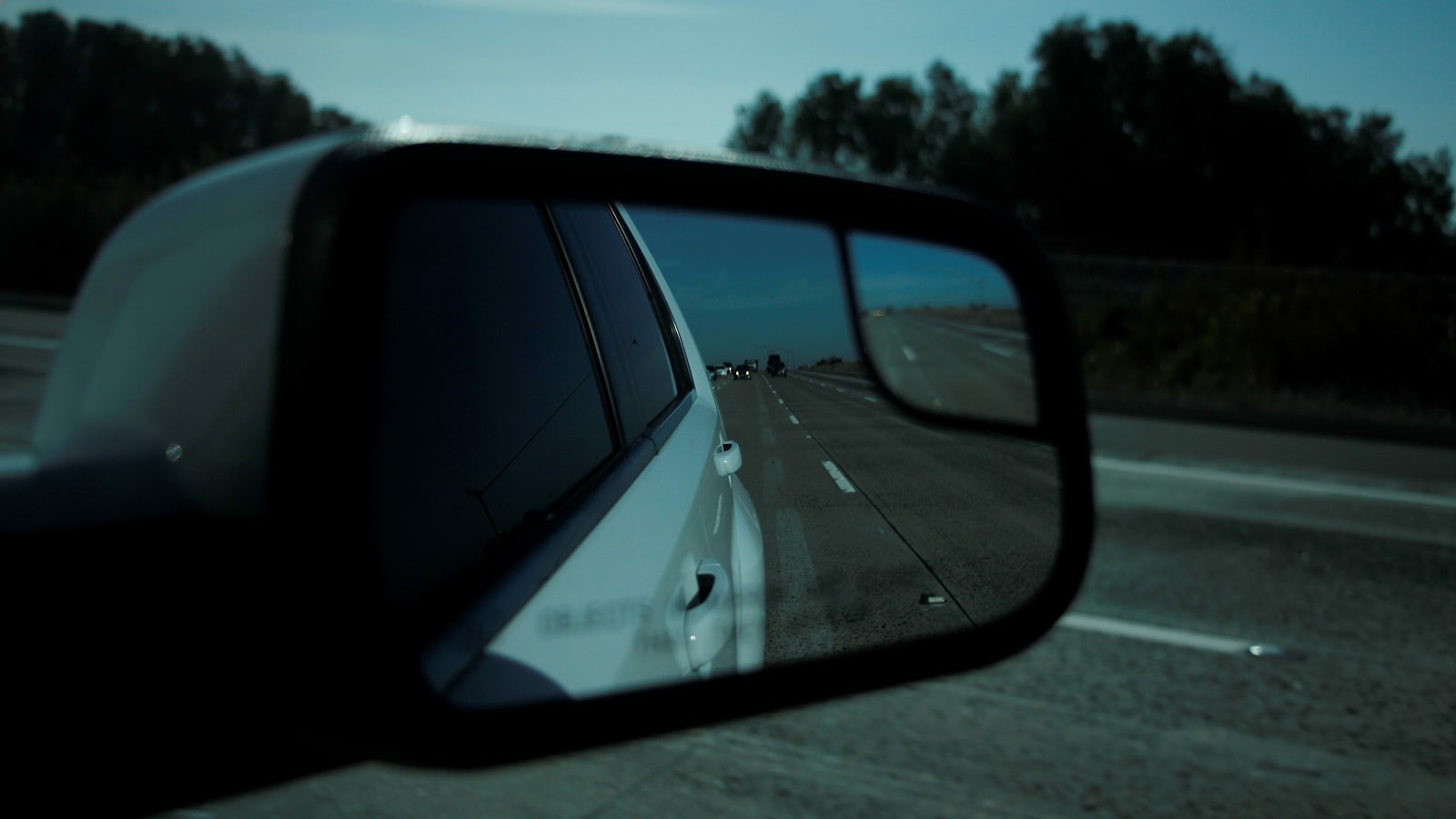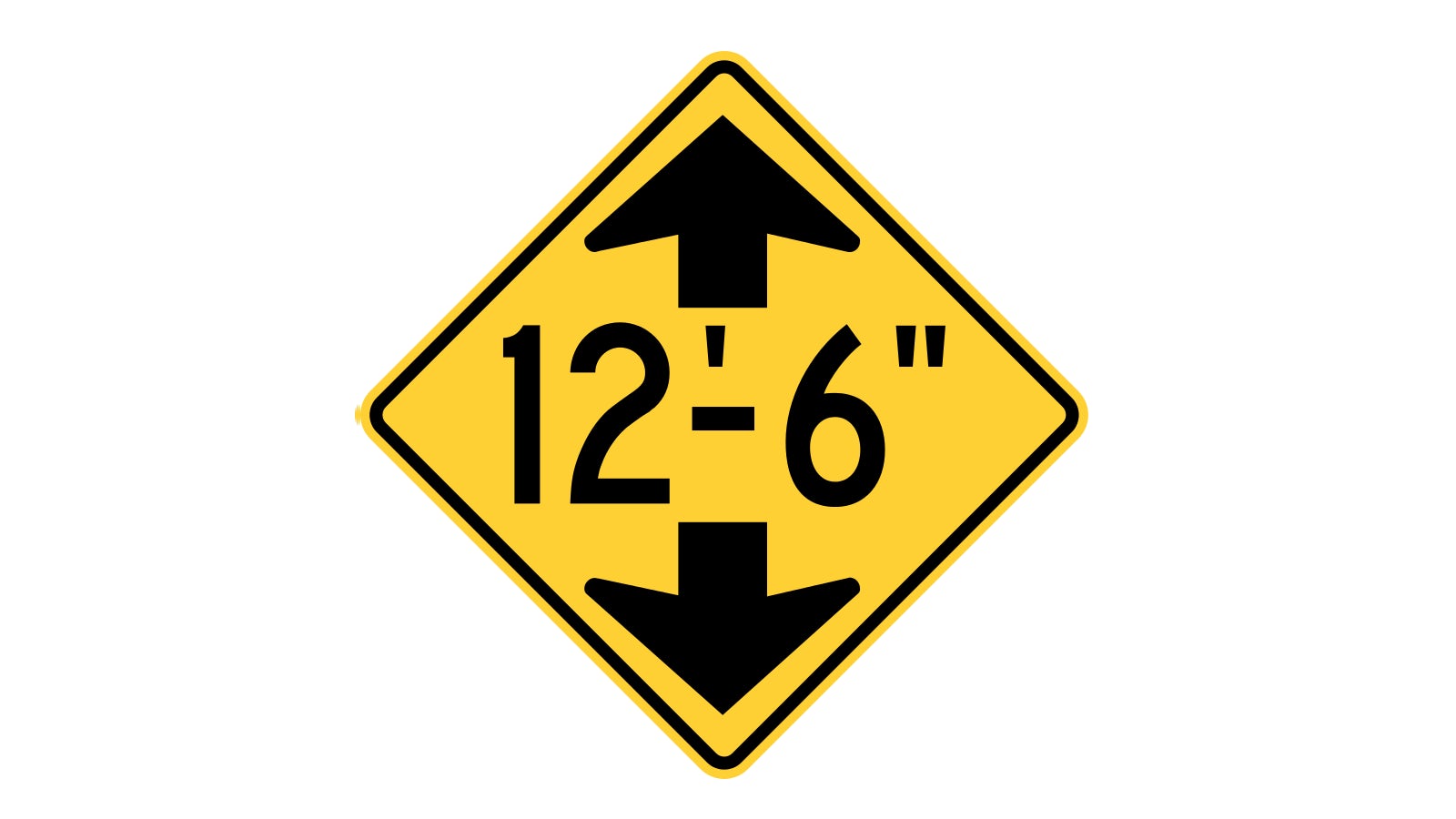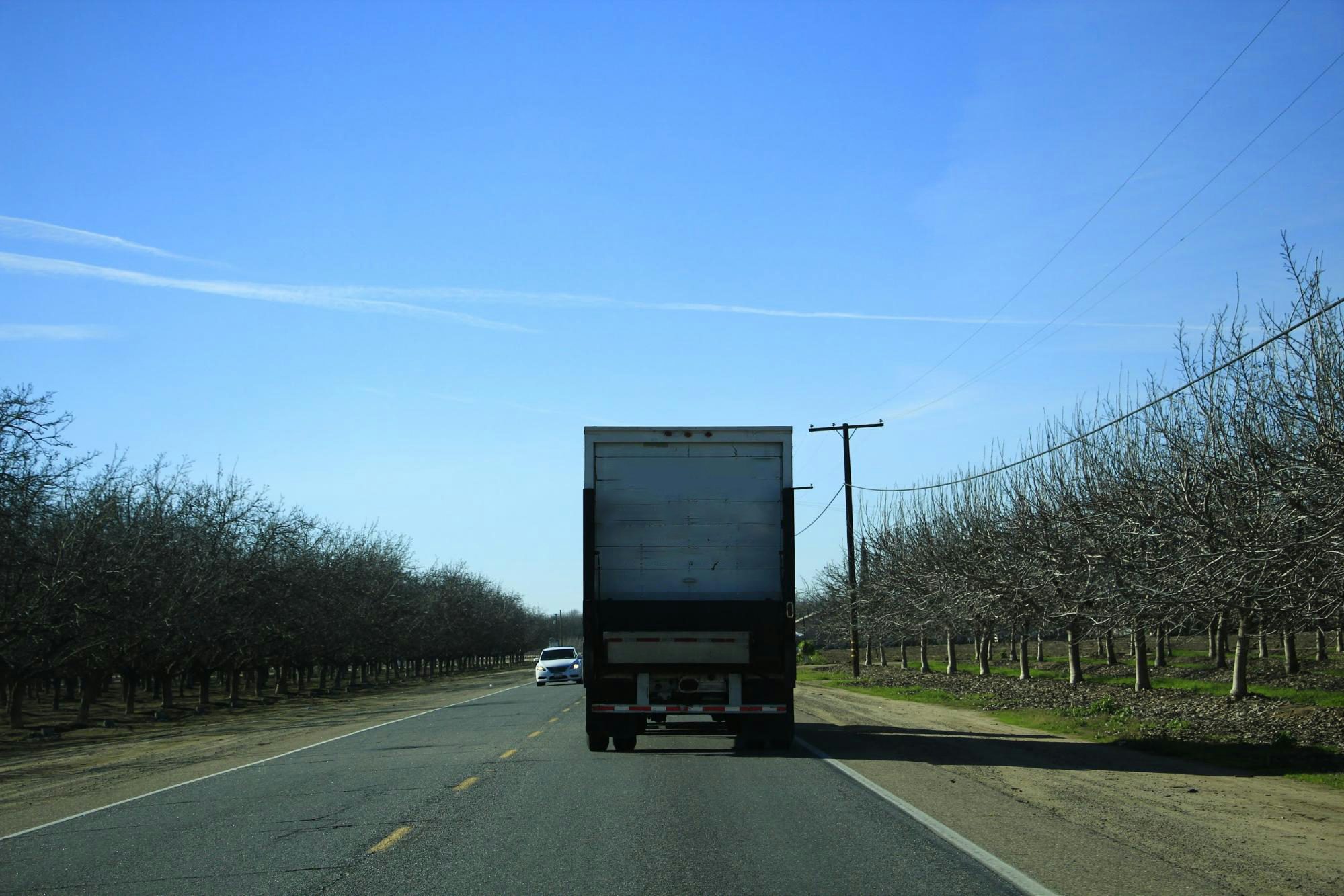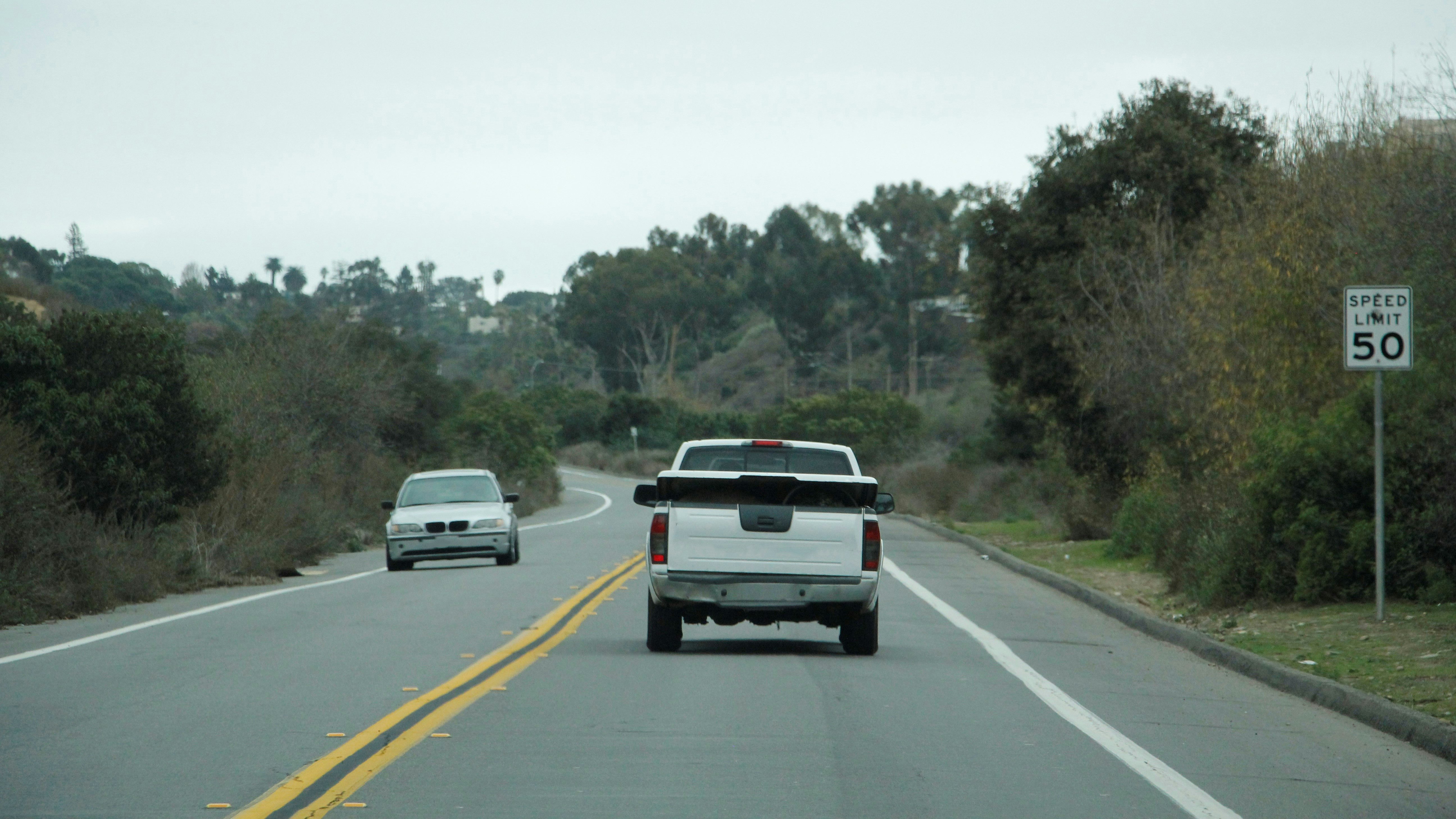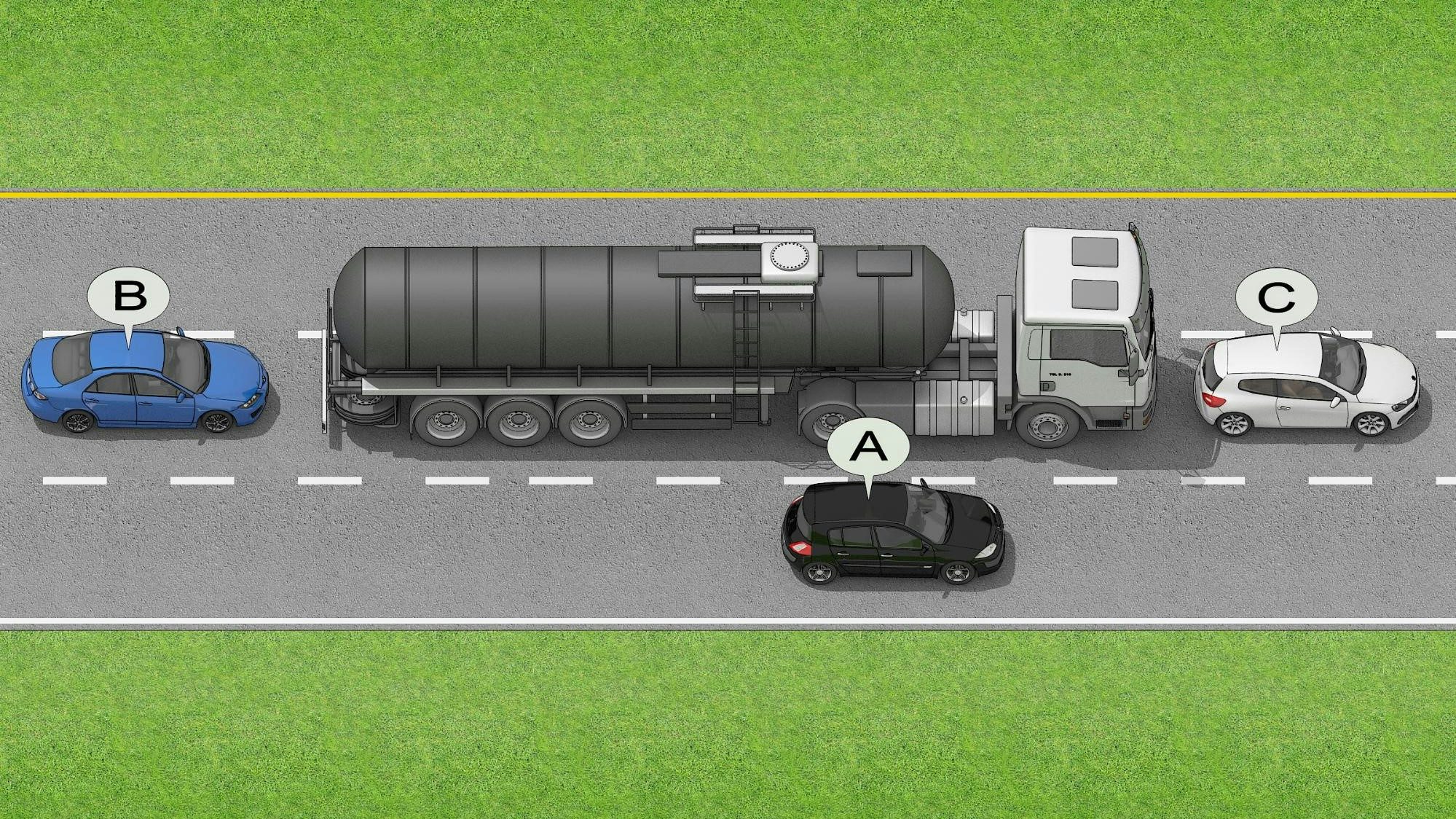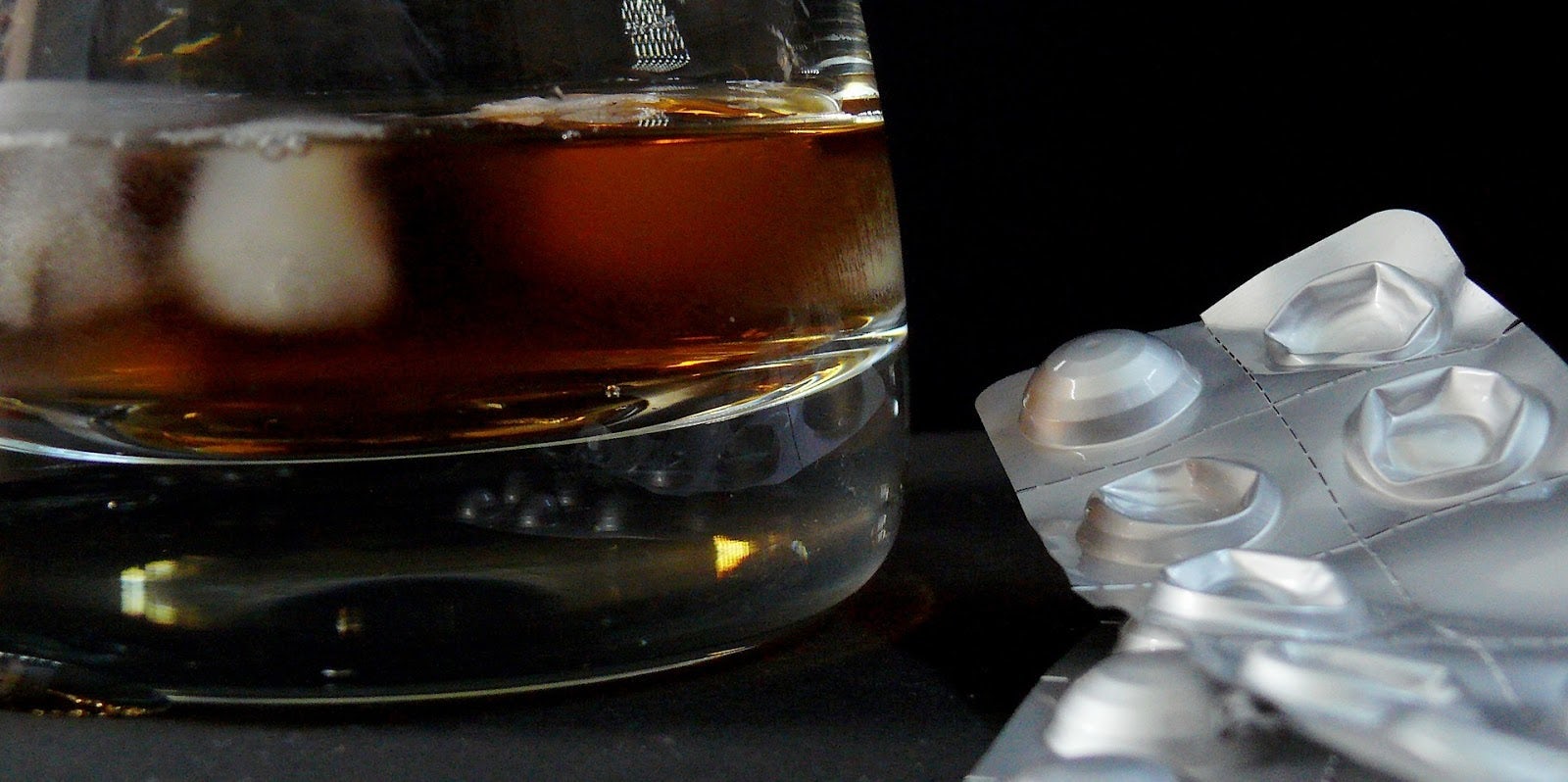New York DMV Permit Test Simulator 2025
Our New York permit test simulator replicates the actual DMV test experience, providing a fantastic way to prepare for your test. The structure and the questions are made to be nearly identical to those on the permit test.
Our NY simulator includes 20 questions, just like the actual test, and requires you to correctly answer at least 14 questions to pass. At the end of the test, you'll receive feedback explaining all the correct answers. This helps reinforce your understanding and ensure you learn from any mistakes. You will be tested on different areas, such as road signs and traffic signals, winter driving, DUI laws, road signs, right-of-way rules, and more. The more you practice using our NY permit practice test, the more confident you'll feel about the real deal. Remember, using permit test prep resources helps to alleviate test anxiety, find weak areas, and ensure you're fully prepared.
How to Pass the NY Permit Test
Start by reading the NY driver's handbook - you should view it as your main guide. It explains everything from road signs to tricky driving rules. Before you start practice tests, knowing the handbook well is key. But to really nail the test, mix in some practice tests, driving simulators, and videos to reinforce what you've read. Permit practice tests are great for uncovering weak areas, and videos are great for reducing driving anxiety.
Furthermore, it helps if you have a good study tool that you can trust to quiz you on important topics. The quality of a practice test depends on who made it, so choose a study tool with proven results and positive reviews. Don't leave your success to chance - try our New York permit practice test today and see if you're ready for the real deal!
More resources
Country
